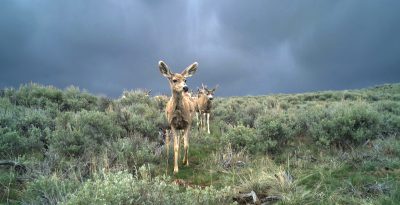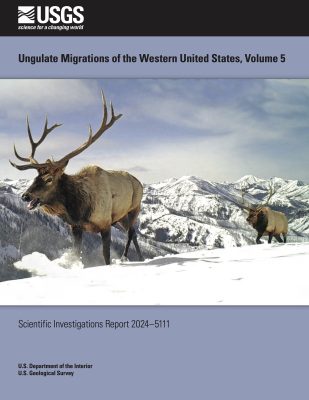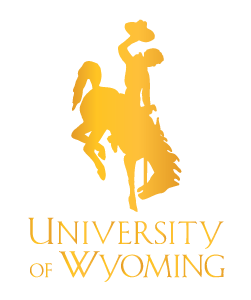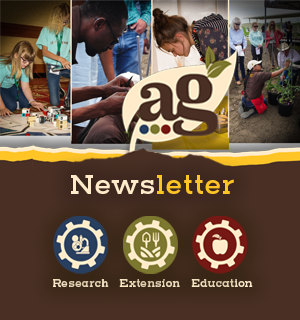Wildlife managers, scientists, and conservationists have a more complete ecological map of the American West with the Thursday, Feb. 6 release of 36 new big-game migration routes by the U.S. Geological Survey (USGS) and state and tribal partners.
The maps were released in “Ungulate Migrations of the Western United States, Volume 5,” published by the USGS. The new edition brings the total migrations mapped in this report series to 218, along with many more separately mapped by individual states.

This edition of the report features migration and seasonal range maps for mule deer, elk, and pronghorn in Arizona, California, Colorado, Idaho, Nevada, New Mexico, Oregon, Wyoming, and the Navajo Nation.
The effort is a partnership between the USGS and state and tribal wildlife management agencies, which have worked together to build a common approach to analyzing, mapping, and sharing migration maps. The maps and many of the associated mapping layers are available at the USGS ScienceBase archive or through interactive online maps at www.westernmigrations.net.
“This report continues to advance a new approach for the conservation of migrating ungulates in the American West,” says Matt Kauffman, a wildlife biologist with the USGS who administers the Corridor Mapping Team based at the University of Wyoming. “With these maps in hand, public and private partners are able to better understand where animals migrate and work together to reduce barriers and conserve important migration habitats.”
The report series puts a strong emphasis on publishing migration maps that are visually engaging, while also providing technical details for each herd.
Already, the maps are guiding on-the-ground conservation. For example, detailed maps allowed Arizona to redesign a wind and solar farm to facilitate wildlife movement and guided the investment of tens of millions of dollars for wildlife crossings through state and federal highway funding.
States have further joined together through the Western Association of Fish and Wildlife Agencies (WAFWA) to fund a new wildlife movement and connectivity initiative to advance regional needs.
“WAFWA is excited to see yet another volume of the Western migrations report being published,” says Zach Lowe, executive director of WAFWA. “Central to the long-term success of this work is the principled and intentional partnership between USGS and the state fish and wildlife agencies, which allows for the trusted exchange of tracking information to advance scientific decision-making for corridors.”

Federally, the U.S. Department of Agriculture’s Migratory Big Game Initiative and the Natural Resources Conservation Service have used the migration maps to allocate tens of millions of Farm Bill dollars to conserve private lands that underpin migrations in Wyoming, Montana, and Idaho.
Wildlife and hunting groups have strongly supported the federal effort because they recognize the vital need for big game populations to have intact habitats to move between mountain summer ranges and low-elevation winter ranges.
“The Rocky Mountain Elk Foundation is a staunch, longtime supporter of this vital mapping effort, and for good reason,” says Blake Henning, the organization’s chief conservation officer. “Identifying and understanding these migration corridors helps us all better understand the challenges facing elk, mule deer, pronghorn, and other big game. This rigorous research helps shape balanced land and wildlife management efforts to conserve and protect these landscapes, which is core to our mission.”
Analyzing GPS movement data to map migrations has been a hallmark of researching and managing migrations in Wyoming, Nevada, Idaho, and other western states for more than a decade. Efforts to map ungulate migrations across the western states became a federal priority in 2018 with Department of the Interior Secretarial Order 3362. The five volumes and 218 migrations in the report series were published between 2020 and 2025.
Western states and tribes have tracking data from additional migratory herds, setting the stage for future report volumes. The Corridor Mapping Team currently is working on Volume 6 of the series.
“The Western migration report series is unique globally for its scale and scope, including the sheer volume of underlying tracking data the project has leveraged and the strongly collaborative approach,” says Blake Lowrey, of the USGS Northern Rocky Mountain Science Center, who co-leads the Corridor Mapping Team with Kauffman.
No other country has mapped so many big-game migrations across such a wide area using common tools for data analysis or made the maps so readily accessible to public and private stakeholders.
“These maps represent the state of the art for migration science and management,” Kauffman says. “They are crucial for building the partnerships needed to conserve the ungulate migrations of the West into the future.”
The national migration mapping effort is administered by the USGS Ecosystems Mission Area and the Cooperative Fish and Wildlife Research Units Program, which works with state and federal partners to provide actionable science to monitor and manage the nation’s fish and wildlife populations. The Rocky Mountain Elk Foundation has provided vital financial support to UW throughout the six-year ongoing effort.
To explore migration routes and ranges, visit the interactive portal at www.westernmigrations.net, or download the map files from www.sciencebase.gov.
This story was originally published on UW News.




